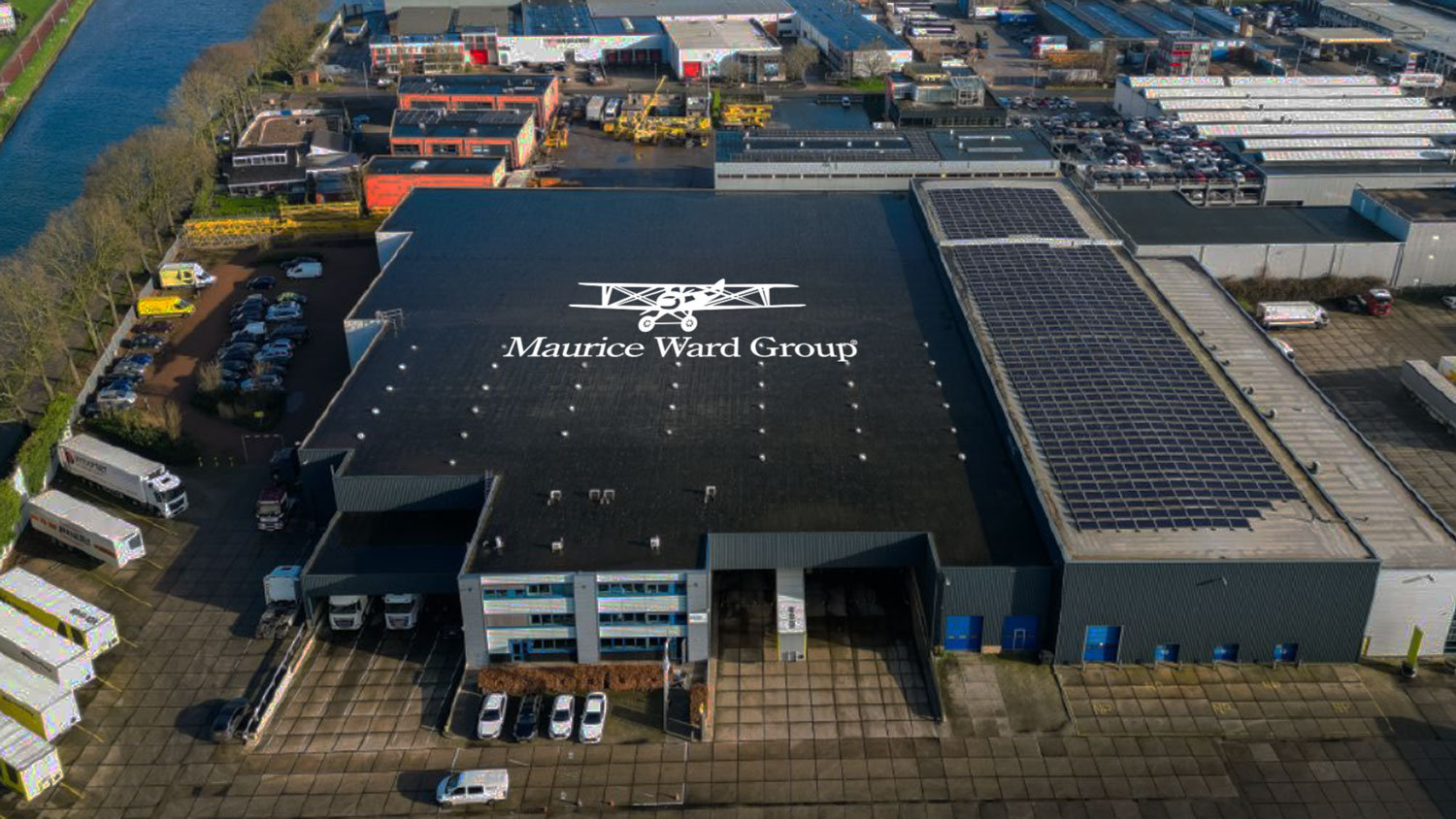New Warehouse in Holland – Now Open for Business
The Maurice Ward Group is once again growing its physical footprint in Europe with the addition of a new warehouse in a strategically important location.
Express Road Shipments: When every minute counts, you can count on us! Start tour >
December 5, 2022
Online sales and delivery services have increased in the past few years, which makes more people buy their daily needs online. Sometimes these purchases need to be transferred from one country to another, resulting in longer supply chain and more logistics. All these operations affect the environment causing emissions and pollution rates.
As a result, protecting and saving the environment has become more critical than ever, this is what Green logistics is trying to do. Green logistics, also known as eco-logistics, means reducing the emissions and environmental impacts of logistics activities by using sustainable policies during all operational processes, from manufacturing to product disposal, covering the product’s entire life cycle. In other words, and as Forbes wrote, “greening the supply chain to beat climate change.”
Logistics’ traditional goal was to move products and information from one point to another in the best way possible. This goal can be achieved by reducing the amount of used fuel which is considered an environmentally-friendly tactic. But this alone is not enough, and green logistics aims to protect the environment and conserve resources by creating a state of balance between environment and economic activities.
Using recyclable and eco-friendly raw materials in manufacturing processes can reduce air and water pollution by decreasing the urge to extract raw materials and prepare them for use in the manufacturing process. Moreover, procurement policies must include eco-friendly criteria, e.g., reducing the use of plastic for packaging. According to the European Commission, “by 2030, all plastic packaging should be designed to be recyclable or reusable.”
Distribution channels constitute a significant part of logistics operations, and green logistics strategy seeks to reduce emissions by using shorter channels, new trucks with better engines, and speed limits management to reduce fuel consumption. Implementation of green distribution channels aims to minimize environmental damage.
Renewable energy won’t run out, and fossil fuel won’t be here for less than a decade. Still, alternative energy will last forever, and there are various types of renewable energy, such as solar, wind, geothermal, biomass and hydropower energy. Using alternative energy may cost more initially, however, this cost will reduce in the long run. It also helps to protect the environment with no greenhouse gas emissions, which leads to health improvement.
Company’s warehouses must follow sustainable standards and they should be designed according to building sustainable management, with efficient use of renewable energy, waste management, and using as little packaging as possible to reduce resource waste.
Green logistics have many benefits for both businesses and the environment, reducing transportation costs and improving logistics activities along with protecting the environment.
It reduces the environmental impact of logistics activities, improves health, increases efficiency by controlling energy waste. It also reduces costs by managing materials and energy waste and reducing shipping time and distances. But, companies are facing many challenges while trying to implement green logistics because of the following:
More delivery orders result in more traffic in cities. Sometimes companies have to take only one order or a few orders that are not enough for a full load, which increases the number of times needed to deliver consumer demands and leads to overcrowding and increased emissions and pollution levels.
In recent years, eco-logistics have become a trend in supply chain management. Working to create a healthier and happier community to live, work and play in is a job for every one of us. At Maurice Ward Group we take our role in this challenge very seriously and are dedicated to doing more to reduce our impact on the environment for our customers, colleagues, couriers and the communities in which we work.
We are proud to announce the start of our first ECO courier in Prague! This means that our team in Czech Republic does transport of small shipments via full electric cars. Afterwards the customer receives a certificate on how much CO2 emission was saved depending on referential values for similar diesel car.
To lower the CO2 emissions, we have also decided to equip our fleet with electric cars. Find out more about the e-cars grant we applied for by clicking here and here.
The first ever ‘cargo only’ flight was recorded in November 1910 in the USA, using a Wright Model B aeroplane that flew 65 miles carrying a package of silk. The business owner used the pioneering transport more as a PR stunt to celebrate the opening of his store, with the bundle of silk cut into individual pieces and glued onto souvenir postcards.

The Maurice Ward Group is once again growing its physical footprint in Europe with the addition of a new warehouse in a strategically important location.

Maurice Ward Croatia is starting an exciting new phase with Matija Sajko as the newly appointed Branch Manager. As a total logistics services provider, this branch offers End-to-End logistics solutions, from the smallest packages to bulk movements, every shipment handled with care.

On October 4th, Maurice Ward France proudly inaugurated its new headquarters, located in Genas near Lyon airport. This is a significant milestone in the company’s journey and reflects its ambitious vision for the future. With modern design and advanced facilities, the new headquarters will be a hub for French operations, teamwork, and growth.
Maurice Ward Group is the term used to identify collectively all Maurice Ward companies. These companies are each separate legal entities acting for their own risk and account or their principals. They can only bind themselves and the other Maurice Ward entities are not liable for their actions. The use of the term Maurice Ward Group on this website or by any of the other Maurice Ward companies in any document or mean of communication is for practical reasons only.
| Cookie | Duration | Description |
|---|---|---|
| VISITOR_INFO1_LIVE | 5 months 27 days | A cookie set by YouTube to measure bandwidth that determines whether the user gets the new or old player interface. |
| YSC | session | YSC cookie is set by Youtube and is used to track the views of embedded videos on Youtube pages. |
| yt-remote-connected-devices | never | YouTube sets this cookie to store the video preferences of the user using embedded YouTube video. |
| yt-remote-device-id | never | YouTube sets this cookie to store the video preferences of the user using embedded YouTube video. |
| yt.innertube::nextId | never | This cookie, set by YouTube, registers a unique ID to store data on what videos from YouTube the user has seen. |
| yt.innertube::requests | never | This cookie, set by YouTube, registers a unique ID to store data on what videos from YouTube the user has seen. |
| Cookie | Duration | Description |
|---|---|---|
| pll_language | 1 year | The pll _language cookie is used by Polylang to remember the language selected by the user when returning to the website, and also to get the language information when not available in another way. |